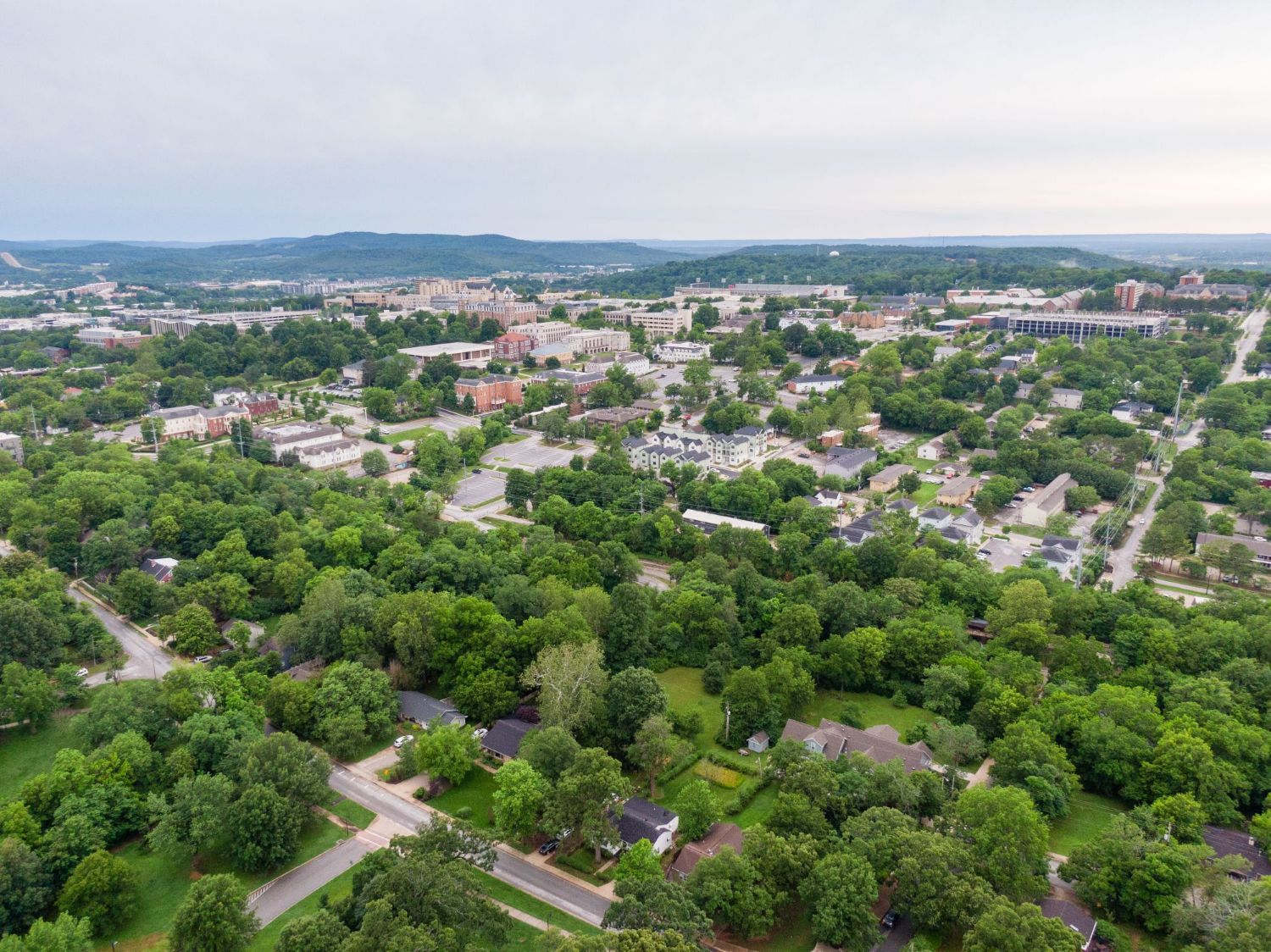Big Dry Creek, a tributary of the South Platte River, flows through Westminster, Colorado. The Mile High Flood District and the City of Westminster selected Olsson to provide engineering, design, and permitting services for improvements to a 1.3-mile reach of the creek between 104th Avenue and Sheridan Boulevard.
Once complete, the project will protect infrastructure, repair select areas of incision and bank instability, increase sinuosity, improve the natural health and function of the corridor, and provide opportunities for access to the water.
The project incorporates concepts from the City of Westminster Lower Area Master Plan, the guiding document for future development of the adjacent 205-acre City Park.
We are providing design of channel restoration measures, floodplain permitting, water quality improvements, 30 percent design of a new park road, structural design for bridges and retaining walls, geotechnical borings, survey, environmental permitting, and wetlands delineation.
A unique challenge to this project is the reestablishment of sinuosity of Big Dry Creek, which was straightened in the 1990s as part of the development of City Park. Sinuosity will be achieved while addressing other challenges. An existing pond close to the creek has permanent water storage, for which the city does not have water rights.
The water quality function of the pond will be replaced by more natural-looking elements that blend into the landscape. The project team is also addressing safety issues resulting from steep and eroded vertical banks along Big Dry Creek, some of which are nearly 30 feet high. In reshaping portions of the streambanks, we can reestablish meander bends and connect some of the oxbows to more frequent flood events, improving the ecologic value of the reach.
The improvements along Big Dry Creek will align with the city’s park master plan, which will guide the city’s desire to make the park a premier amenity and attraction for the community.
The project team is focusing on trails and connectivity and designing several pedestrian bridges to give visitors more access throughout the park. In addition, we are adding trail crossings across the creek to offer circuit opportunities for pedestrians and bicyclists.
Finally, we are implementing softer design features in the park, including more vegetation throughout the park, and providing habitat amenities, such as basking logs for turtles, and establishing a pollinator highway through the park. Educational components, such as interpretive signs to help educate the community about the surrounding environment, will also be incorporated into the park.

































.avif)





































.avif)


























